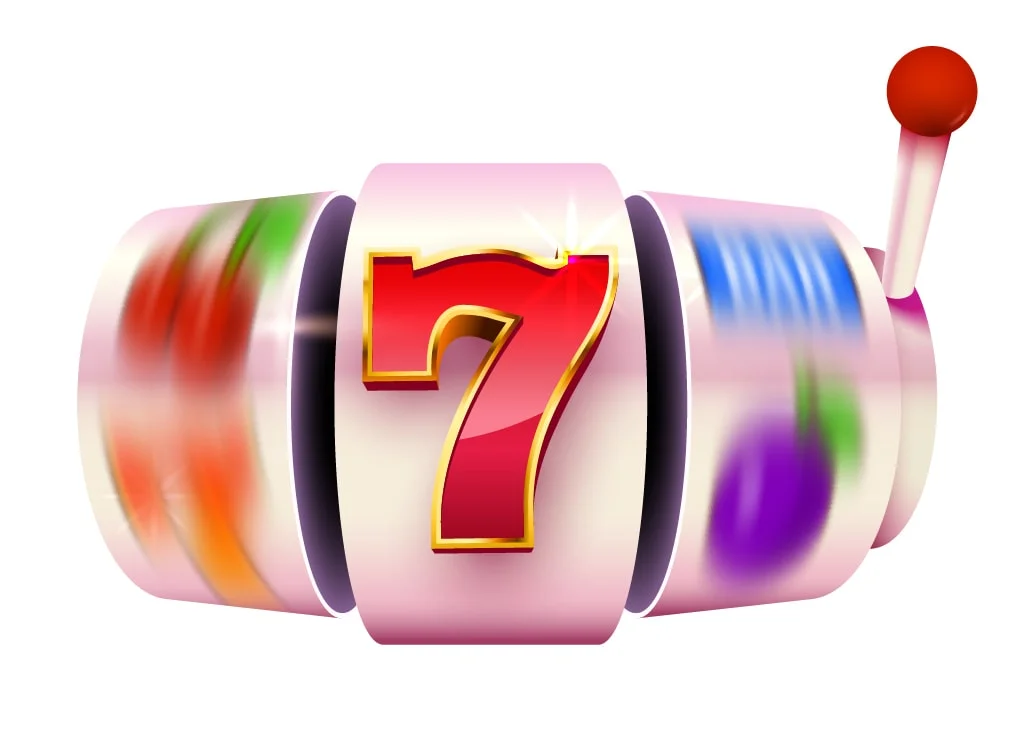
Ücretsiz kayıt bonusu veren kumarhane 2024
18+. Verilmekte olan ücretsiz bonusların seçilmiş listesine göz atın. Bu rehber, gerçek ödüllerle ücretsiz çevrimiçi kumar dünyasına geçiş kartınızdır. Burada, yeni oyuncular için ücretsiz bonuslar sunan en iyi çevrimiçi casinoların tarafsız bir seçimini sunuyoruz. Farklı teklifleri keşfedin ve karşılaştırın ve oyun yolculuğunuza bakiyenize ekstra bir destekle başlayın!
125% + 250FS
* Somente para novos clientes.
125% + 250FS
* Somente para novos clientes.
Kaydolun ve oynamak için bonuslar kazanın
Bize kaydolduğunuzda, oynayabileceğiniz heyecan verici bonuslarla dolu bir dünyayı keşfedin! Yeni oyuncular için cazip bonuslar sunarak oyun deneyiminizi daha da heyecanlı hale getiriyoruz. Kayıt işlemi basit ve hızlıdır ve alacağınız bonuslar oyun maceranıza ek bir avantajla başlamanıza yardımcı olacaktır.
Kazanma şansınızı artırma fırsatını kaçırmayın, bugün kaydolun!

Kayıt sırasında bonus veren oyunlar
2024 yılı online casino meraklıları için yeni bir fırsat dalgası getirmeyi vaat ediyor. En çok beklenen cazibe merkezlerinden biri, birçok çevrimiçi kumarhanenin sunduğu kayıt bonusu teklifleridir. «Kaydolun ve Oynamak için Bonus Alın» promosyonu, yeni oyunculara başlamak için önemli bir teşvik sunarak onları çekmeyi amaçlayan böyle bir tekliftir.
Kayıt Bonusu Avantajları:
Kayıt bonusları, kendi paranızdan çok fazla riske girmeden yeni casinoları keşfetmenin mükemmel bir yoludur. Bu bonuslar, seçilen slotlarda ücretsiz çevirmelerden oyun kredilerine ve hatta çeşitli oyunlarda kullanılmak üzere bonus paraya kadar değişebilir.
Nasıl çalışır?
Normalde, bu tekliften yararlanmak için tek yapmanız gereken online casinoda yeni bir hesap oluşturmaktır. Kayıt işlemi tamamlandıktan sonra, bonus hesabınıza aktarılacak ve kullanılmaya hazır hale gelecektir.
2024’te nelere dikkat etmelisiniz?
2024 yılında, online casinolar arasındaki rekabet artmaya devam ettikçe oyuncular daha cömert teklifler bulmayı bekleyebilirler. İhtiyaçlarınıza en uygun olanı bulmak için farklı casinoları ve bonus tekliflerini karşılaştırmak çok önemlidir.
Onebra, Dobrowin, Sssgame, Ckbet, Chillbet, H2bet ve Casinozer gibi bazı casinolar özel kayıt bonusu teklifleri planlıyor olabilir. Bonus teklifleri hakkında güncel bilgiler için doğrudan web sitelerini kontrol etmeniz veya müşteri desteğiyle iletişime geçmeniz her zaman tavsiye edilir.
Sonuç:
2024’teki «Kaydolun ve Oynamak için Bonus Alın» promosyonu, yeni oyuncuların çevrimiçi casino dünyasına yolculuklarına ek bir destekle başlamaları için mükemmel bir fırsattır. Araştırmanızı yaptığınızdan ve çevrimiçi oyun deneyiminizi en üst düzeye çıkarmak için en iyi kayıt bonusunu sunan kumarhaneyi bulduğunuzdan emin olun.


Kayıt Olma Bonusları ve Para Yatırma Bonusu Yok:
Kayıt bonusları, yeni bir kumarhanedeki yolculuğunuza başlamak için mükemmel bir yoldur. Kayıt işlemini tamamladığınız anda verilirler. Öte yandan, depozitosuz bonuslar, adından da anlaşılacağı gibi, para yatırmanıza gerek kalmadan aldığınız bonuslardır. Bunlar, kendi paralarını riske atmadan bir kumarhaneyi denemek isteyen oyuncular için idealdir.
Para Yatırmadan Bonus Türleri:
Para yatırma bonusu çeşitli şekillerde olabilir:
- Nakit bonus: Hesabınıza yatırılan küçük bir miktar para.
- Ücretsiz çevirmeler: Seçili slotlarda ücretsiz çevirmeler.
- Ücretsiz oyunlar: Belirli oyunlara ücretsiz erişim.
- Zaman bonusu: Belirli bir süre boyunca ücretsiz oynayın.
Para Yatırma Bonusları:
Para yatırma bonusları, bonusu talep etmek için belirli bir miktar para yatırmanızı gerektirir. Genellikle depozitonuzun bir yüzdesi şeklinde gelirler ve ücretsiz dönüşler içerebilirler.
Sonuç:
2024, çeşitli casino bonuslarının tanıtılmasıyla heyecan verici bir yıl olmaya hazırlanıyor. İster kayıt bonusu, ister para yatırma bonusu veya para yatırma bonusu olsun, her oyuncu için bir şey vardır. Araştırmanızı yapın, en iyi bonusları sunan kumarhaneyi bulun ve oyun yolculuğunuza bakiyenize ekstra bir destekle başlayın!

